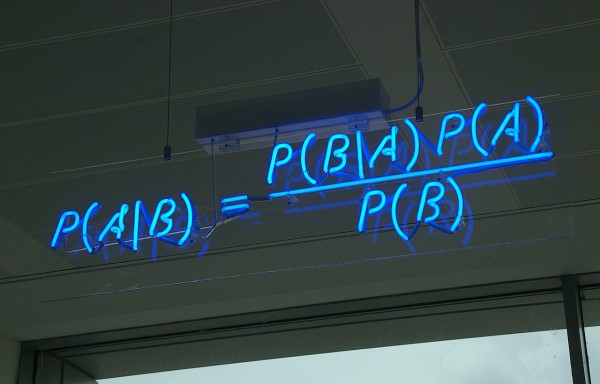Here’s a story problem about a situation that doctors often encounter:
1% of women at age forty who participate in routine screening have breast cancer. 80% of women with breast cancer will get positive mammographies. 9.6% of women without breast cancer will also get positive mammographies. A woman in this age group had a positive mammography in a routine screening. What is the probability that she actually has breast cancer?
What do you think the answer is? If you haven’t encountered this kind of problem before, please take a moment to come up with your own answer before continuing.
If you think it would help, make like a constipated mathematician.
If you get the answer wrong, you’re irrational.
If you click here to find the correct answer, you’re both irrational and lazy.
(Judge not, that ye be not judged? Yeah, I already worked out the correct answer myself, thanks. :-))


Yeah, don’t put your actual answers in the comments either, thanks. 🙂
More importantly of course, precisely these kinds of questions govern every kind of public policy: tax rates, excise duties on alcohol, seatbelts, “scientific” (as against constitutional) rationale for gun control, raising the debt ceiling.
Anyone who gets this question wrong should be ineligibile to vote or run for office.
Now look at mathematics ability vs gender and wealth – guess what: the rules under which the US and NZ were founded: a franchise only to males with significant property – achieves almost precisely this end